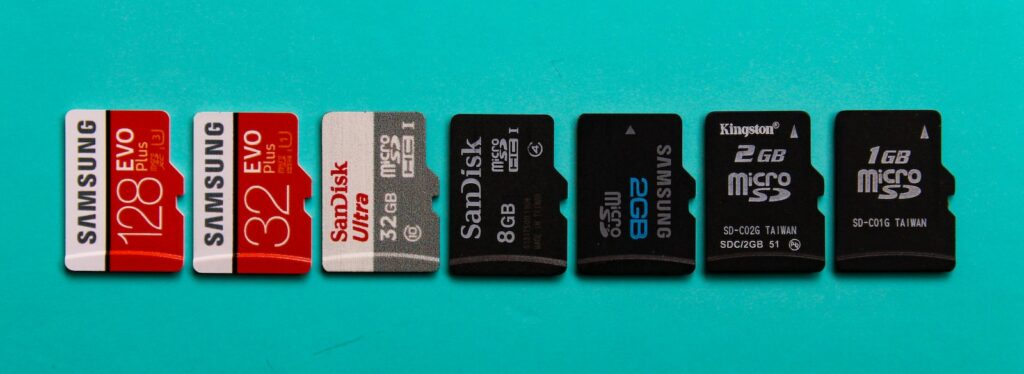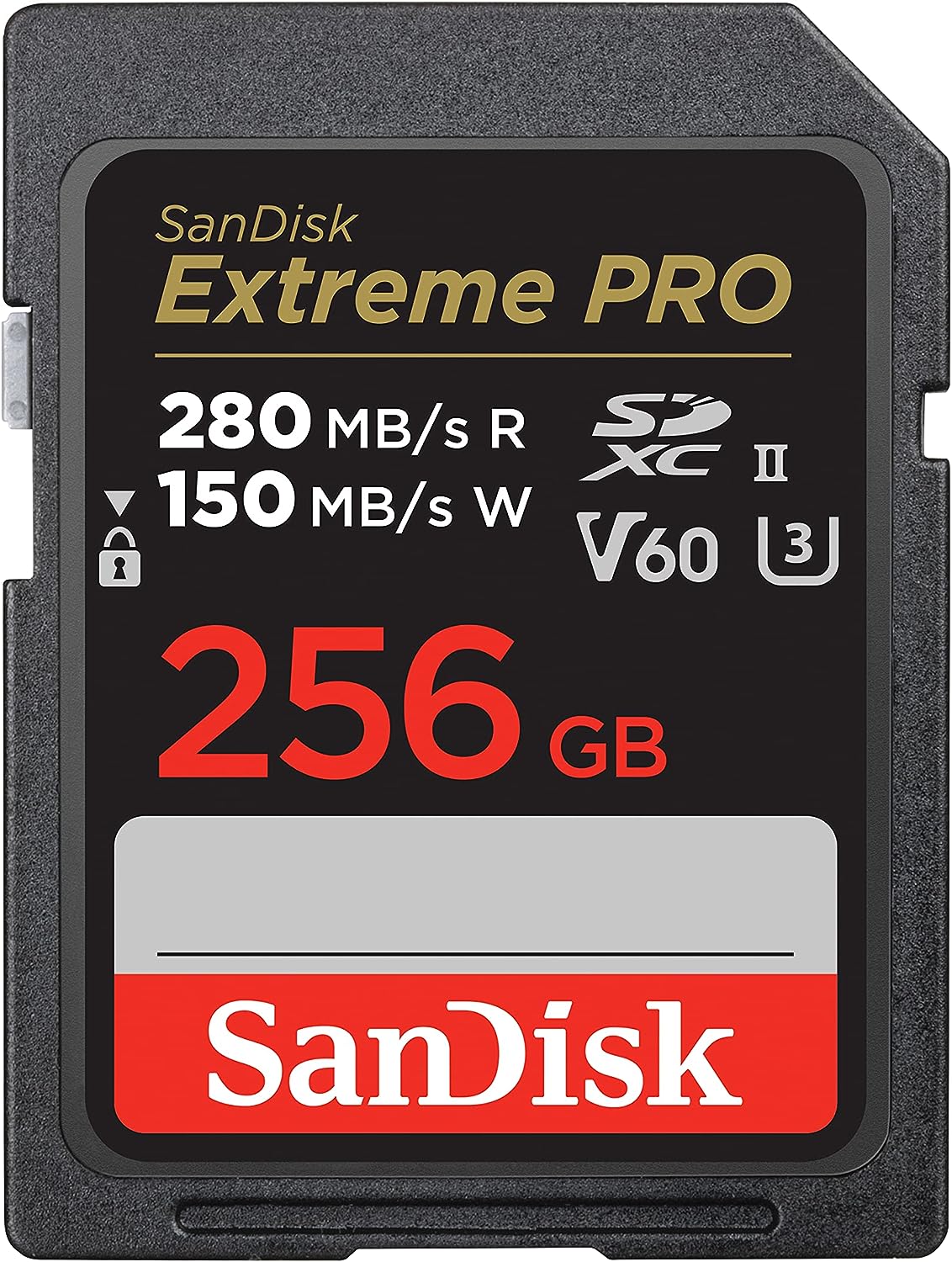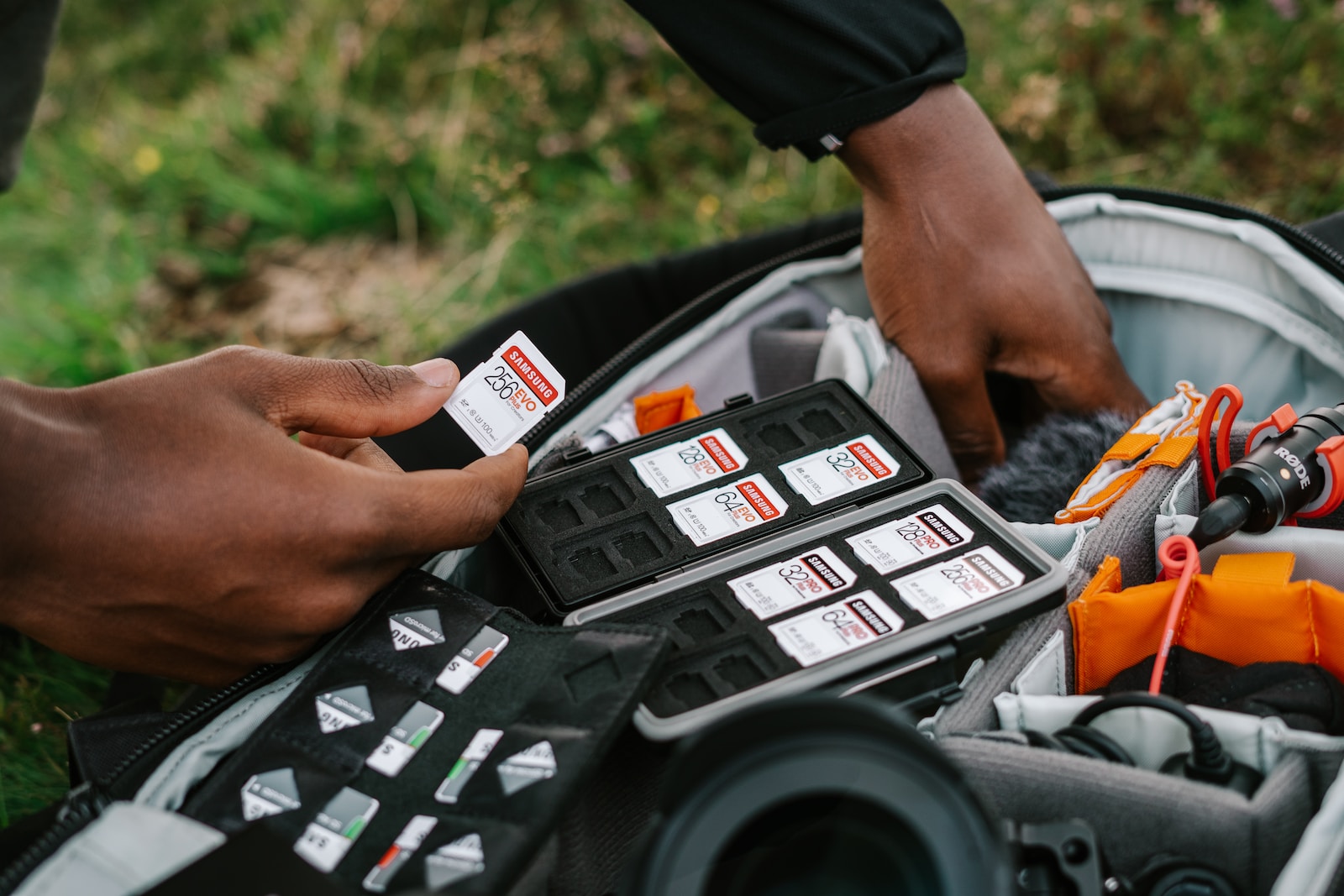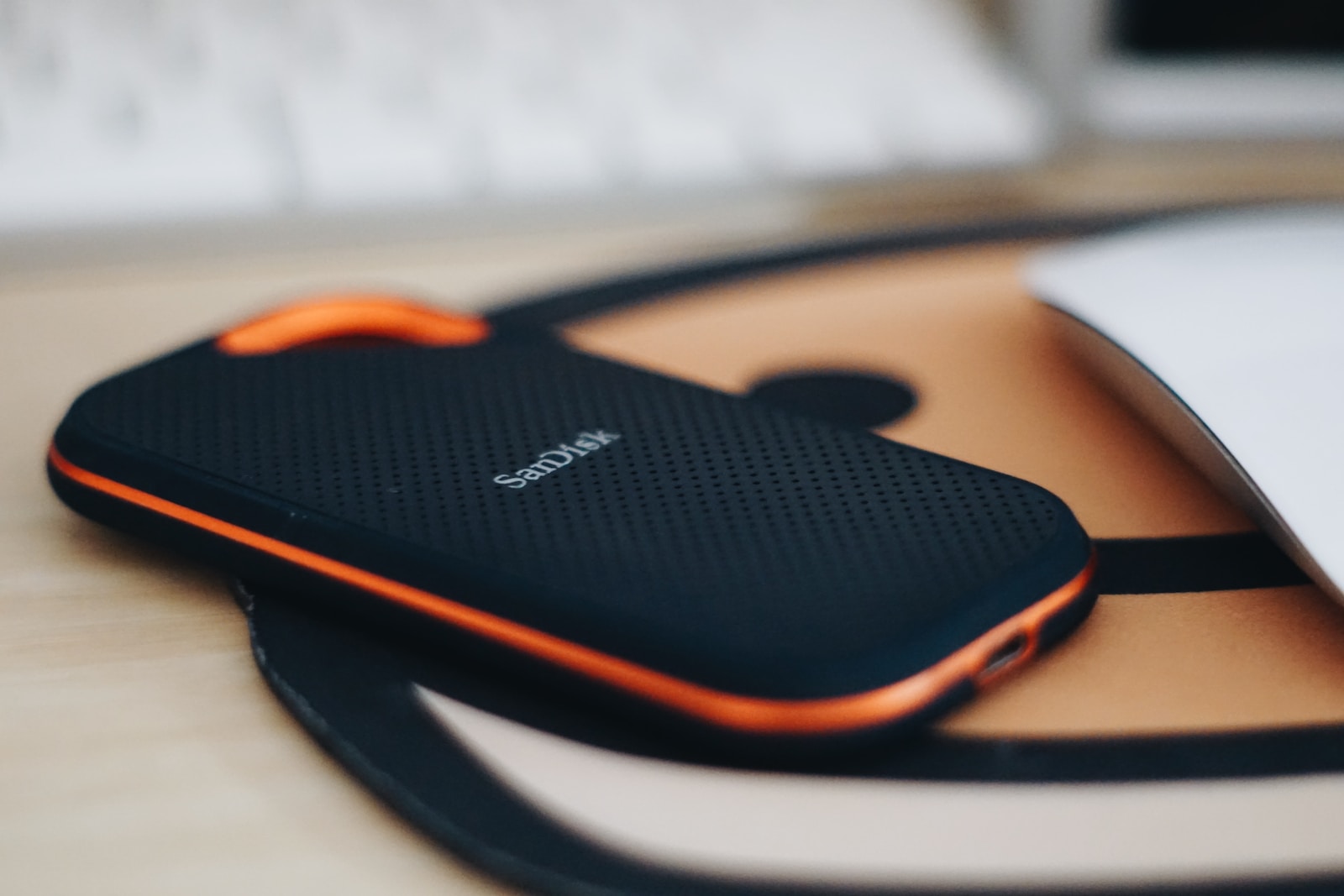The Evolution of Memory Cards: A Journey Through the Past, Present, and Future is a blog that takes you on a unique adventure through the development of memory cards. From their humble beginnings to the latest innovations, this blog explores the fascinating world of digital storage. Discover how memory cards have transformed over time and gain insights into future trends in this ever-changing industry. Join us on this exploration of the past, present, and future of memory cards.
Table of Contents
- The History of Memory Cards
- The Evolution of Memory Cards: A Journey Through the Past, Present, and Future
- Frequently Asked Questions
- 1. What is a memory card?
- 2. What are the different types of memory cards?
- 3. How have memory cards evolved over time?
- 4. What is the current state of memory card technology?
- 5. What can we expect from future memory cards?
- 6. Are memory cards still relevant in the era of cloud storage?
- 7. Can memory cards be used interchangeably between devices?
- 8. Are there any precautions to take when using memory cards?
- Wrap Up
The History of Memory Cards
In the early days of digital storage, memory cards were nothing more than basic devices used to store essential data. The very first memory card, known as a “Compact Flash,” was introduced in 1994 and had a storage capacity of a meager 1 MB. Can you believe it? It’s incredible to think that a card smaller than the palm of your hand could store anything at all.
Advancements and Innovations: Fueling the Evolution
With the rapid development of technology, memory cards soon began to evolve and adapt to modern needs. The introduction of the Secure Digital (SD) card in 1999 marked a significant milestone. It offered better storage capacity, increased data transfer speeds, and improved compatibility with various devices. This innovation paved the way for a new era of digital storage, making memory cards more accessible and versatile.
The Rise of MicroSD: Small Size, Big Potential
The need for smaller and more compact storage solutions led to the creation of the MicroSD card. Smaller than its predecessors, the MicroSD card gained popularity due to its compatibility with mobile phones, tablets, and other portable devices. With its ever-increasing storage capacities and improved performance, the MicroSD card conquered the market and became a staple in the digital world.
Did you know? The smallest memory card on record is the MicroSD card, which measures only 11mm x 15mm and weighs less than a gram.
Diverse Options: A Card for Every Need
In the present day, memory cards come in a variety of formats, each tailored to specific devices and purposes. SD cards, MicroSD cards, CompactFlash cards, and many more offer a wide range of storage capacities, data transfer speeds, and durability. Whether you’re a professional photographer, a gaming enthusiast, or a casual user, there’s a memory card designed to cater to your needs.
Digital Storage Trends: Speed and Capacity
As technology continues to advance, the demand for faster and more capacious memory cards grows. High-resolution photos, 4K videos, and data-intensive applications require memory cards with enhanced read and write speeds. Manufacturers are constantly pushing the boundaries, developing cards with lightning-fast speeds and massive storage capacities, ensuring users can keep up with today’s digital demands.
Advancements in Form Factor: The Future of Memory Cards
The future of memory cards lies not just in their performance but also in their form factor. As devices become smaller and more streamlined, memory cards will need to adapt accordingly. For instance, the introduction of the NanoSD card, a smaller and more efficient version of the MicroSD card, showcases the potential for even more compact storage solutions. With technological advancements on the horizon, the possibilities for memory cards are limitless.

The Evolution of Memory Cards: A Journey Through the Past, Present, and Future
Welcome to a unique journey through the milestones of memory cards’ development, as we explore the fascinating world of digital storage. From humble beginnings to cutting-edge technology, memory cards have revolutionized the way we store and access our precious data.
From Humble Beginnings
It all began with the birth of digital cameras and the need for a reliable storage solution. In the early days, floppy disks were the primary means of storing digital images. However, they were limited in capacity and prone to damage. The demand for a more efficient and compact alternative paved the way for the birth of memory cards.
The earliest memory cards were small in size and offered limited storage capacity. CompactFlash (CF) cards, introduced in 1994 by SanDisk, were one of the first popular memory card formats. These early cards provided a maximum storage capacity of 128MB, which was a significant leap compared to floppy disks. They quickly gained popularity among professional photographers and enthusiasts.
But as digital technology rapidly evolved, so did the demand for more advanced and compact storage solutions. This led to the introduction of Secure Digital (SD) cards in 1999. The SD card format, developed by Panasonic, Toshiba, and SanDisk, offered higher storage capacities and became the go-to option for most digital devices.
The Present: Digital Storage Trends
Today, memory cards have become an essential accessory for a wide range of digital devices, including cameras, smartphones, tablets, and even gaming consoles. The ever-increasing demand for higher resolution images, 4K videos, and large data files has driven the development of memory cards with larger capacities and faster read/write speeds.
One significant trend in digital storage is the shift towards smaller form factors. MicroSD cards, introduced in 2005, have quickly gained popularity due to their compact size and compatibility with various devices. These tiny powerhouses can now offer storage capacities of up to 1TB, fitting into the tiniest of devices while still providing ample space for digital files.
Another notable trend is the emergence of specialized memory cards tailored for specific industries or applications. For example, professional photographers and videographers now have access to CFexpress or XQD cards, offering extremely fast write speeds and unmatched performance. These cards are specifically designed for high-end cameras, enabling professionals to capture and store images in rapid succession without any lag.
The Future: Speculative Look at Digital Storage Trends
As we look ahead to the future, the evolution of memory cards shows no signs of slowing down. We can expect even higher storage capacities, faster data transfer speeds, and greater durability. With the advancements in technology, we may witness the adoption of new memory card formats utilizing innovative materials and technologies.
One potential future trend is the integration of memory cards into other devices, such as wearable technology or even implanted devices. Imagine a world where your smartwatch or fitness band not only records your activity but also stores important data on a built-in memory card, eliminating the need for additional external storage.
Additionally, as cloud storage becomes more prevalent, we may see memory cards evolving to seamlessly connect with cloud services, offering users the convenience of both local and remote storage options. This integration could bridge the gap between physical memory cards and virtual storage, providing users with a flexible and secure storage solution.
In conclusion, the evolution of memory cards has been a remarkable journey from the past to the present. As technology continues to advance, we can eagerly anticipate the fascinating future of digital storage. Memory cards have come a long way, and they are bound to remain at the forefront of data storage as our digital needs continue to evolve.
Frequently Asked Questions
1. What is a memory card?
A memory card is a portable electronic device used for storing digital data, such as photos, videos, music, and documents. It is commonly used in devices like cameras, smartphones, tablets, and game consoles.
2. What are the different types of memory cards?
There are various types of memory cards available in the market, including Secure Digital (SD), microSD, CompactFlash (CF), Memory Stick, and many more.
3. How have memory cards evolved over time?
Memory cards have come a long way since their inception. When they were first introduced, their storage capacity was limited, and they were relatively bulky. However, with advancements in technology, memory cards have become smaller, faster, and capable of storing larger amounts of data.
4. What is the current state of memory card technology?
Memory card technology has reached an impressive level today. We now have memory cards with capacities ranging from a few gigabytes to several terabytes. They offer high-speed data transfer rates, increased durability, and compatibility with various devices.
5. What can we expect from future memory cards?
The future of memory cards looks promising. With the growing demand for higher storage capacities and faster data transfer, manufacturers are developing memory cards with even larger capacities, advanced processing capabilities, and enhanced security features. We might see the introduction of new technologies like holographic storage and nanotechnology in memory card designs.
6. Are memory cards still relevant in the era of cloud storage?
Absolutely! While cloud storage offers convenience and flexibility, memory cards provide a tangible and portable solution for storing and transferring data. They are not dependent on an internet connection and offer quick access to your files without any monthly fees or limitations on data usage.
7. Can memory cards be used interchangeably between devices?
Most memory cards use standardized formats like SD and microSD, making them compatible across a wide range of devices. However, it’s always important to check the specific requirements and limitations of your devices.
8. Are there any precautions to take when using memory cards?
Yes, it’s essential to handle memory cards with care and avoid exposing them to extreme temperatures, water, or physical damage. Regularly backing up your data from the memory card to another storage device is also recommended to avoid any potential data loss.
Wrap Up
To wrap things up, the evolution of memory cards has been a remarkable journey through the past, present, and future. From the humble beginnings of the floppy disk to the compact and powerful SD cards we use today, the digital storage landscape has undergone incredible transformations. As technology advances at a rapid pace, it’s fascinating to speculate about what the future holds for memory cards and digital storage trends.
Did you find this blog post informative? Have any thoughts or questions about memory cards and their evolution? We would love to hear from you! Feel free to leave a comment below and share your views on this fascinating topic. Let’s keep the conversation going!



